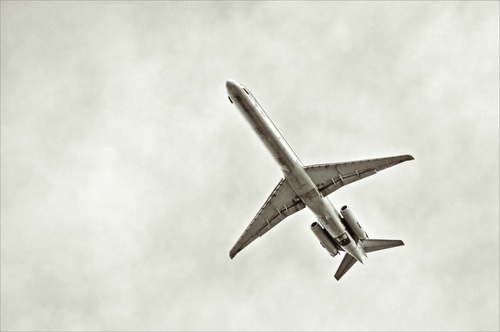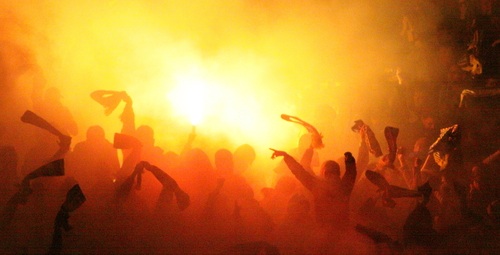According to the United Kingdom’s recently unveiled national security strategy, cyberattacks and terrorism present the gravest threats to the country. Overall, the report identifies 15 “priority risks” — four of which are considered “tier 1” threats.
Here are the top risks:
• International terrorism affecting the UK or its interests, including a chemical, biological, radiological or nuclear attack by terrorists; and/or a significant increase in the levels of terrorism relating to Northern Ireland.
• Hostile attacks upon UK cyber space by other states and large scale cyber crime.
• A major accident or natural hazard which requires a national response, such as severe coastal
flooding affecting three or more regions of the UK, or an influenza pandemic.
• An international military crisis between states, drawing in the UK, and its allies as well as other states and non-state actors.
Obviously, these are all very difficult perils to protect citizens, infrastructure and the economy against. And unfortunately, these emerging threats are growing at a time when Britain is least prepared to confront them given the national priority now assigned to “austerity measures” designed the cut spending.
The defense budget, for instance, is set to be trimmed by 8% over the next four years, leaving one Member of Parliament wondering how the country can revamp its strategy to keep citizens safe.
Conservative MP Bernard Jenkin, who is chairman of the Commons Public Administration Committee, said it was difficult to see how an effective National Security Strategy could be developed against the backdrop of cuts.
“We seem to be operating under the imperative of deficit reduction,” he said. “But, there’s very little in what’s being done now that reflects deep and sustained analysis about what sort of country we want to be in 10 or 20 years time.”
The Obama administration has also been highly critical of Prime Minister David Cameron’s defense spending cuts. Even the national security strategy itself admits that the country has a “security structure that is woefully unsuitable” for the modern threats it faces — a failing that is squarely blamed on the previous ruling officials.
The last Government took little account of this fact. Twelve years elapsed while the world changed almost beyond recognition. Abroad, our forces were sent into action without the equipment they needed, and on the basis of lamentable planning, and in more simultaneous conflicts than the Defence Review in 1998 had planned for.
At home, the machinery of Government failed to adapt to the new circumstances – lacking both the urgency and the integration needed to cope with the new situation.As a Government, we have inherited a defence and security structure that is woefully unsuitable for the world we live in today. We are determined to learn from those mistakes, and make the changes needed.
In an age of uncertainty, we need to be able to act quickly and effectively to address new and evolving threats to our security. That means having access to the best possible advice, and crucially, the right people around the table when decisions are made. It means considering national security issues in the round, recognising that when it comes to national security, foreign and domestic policy are not separate issues, but two halves of one picture.
To address this concern — at least somewhat — the government announced that it will provide an extra £500 million for cybersecurity that will be “focused on protecting key infrastructure and defence assets.”
We will see if that is enough to do the job — which also includes the below security challenges that the government has identified as “tier two” and “tier three” risks.
Tier Two Risks:
• An attack on the UK or its Oversees Territories by another state or proxy using chemical, biological, radiological or nuclear (CBRN) weapons.
• Risk of major instability, insurgency or civil war overseas which creates an environment that terrorists can exploit to threaten the UK.
• A significant increase in the level of organised crime affecting the UK.
• Severe disruption to information received, transmitted or collected by satellites, possibly as the result of a deliberate attack by another state.
Tier Three Risks:
• A large scale conventional military attack on the UK by another state (not involving the use of CBRN weapons) resulting in fatalities and damage to infrastructure within the UK.
• A significant increase in the level of terrorists, organised criminals, illegal immigrants and illicit goods trying to cross the UK border to enter the UK.
• Disruption to oil or gas supplies to the UK, or price instability, as a result of war, accident, major political upheaval or deliberate manipulation of supply by producers.
• A major release of radioactive material from a civil nuclear site within the UK which affects one or more regions.
• A conventional attack by a state on another NATO or EU member to which the UK would have to respond.
• An attack on a UK overseas territory as the result of a sovereignty dispute or a wider regional conflict.
• Short to medium term disruption to international supplies of resources (e.g. food, minerals) essential to the UK.



